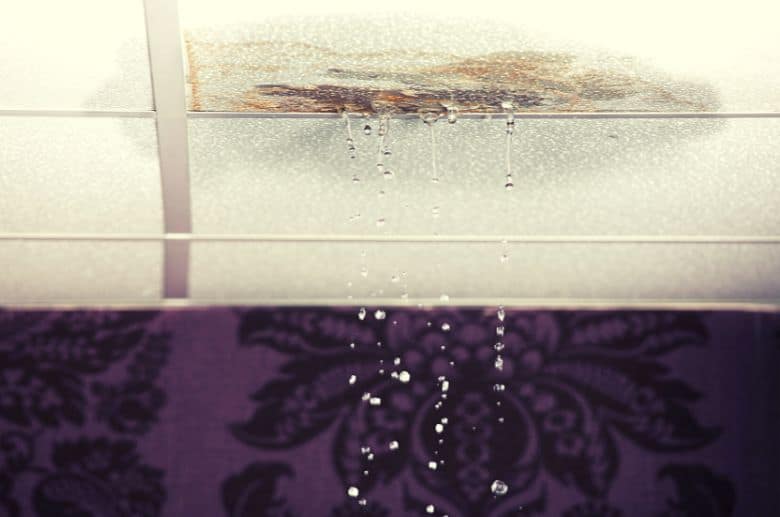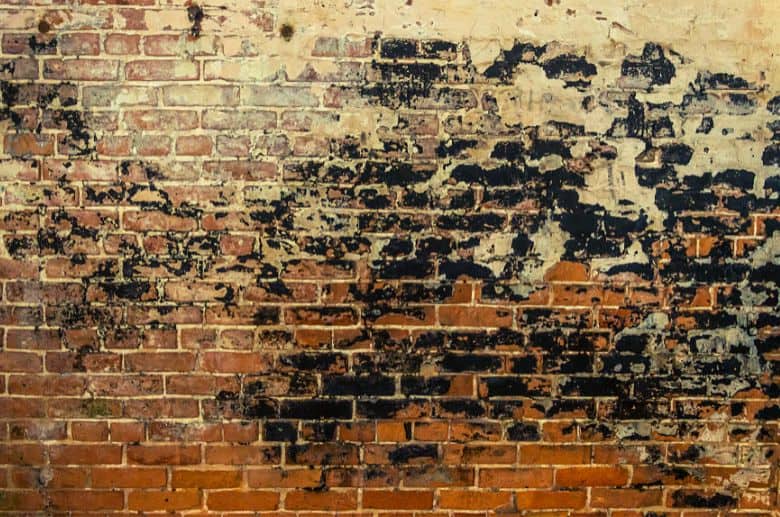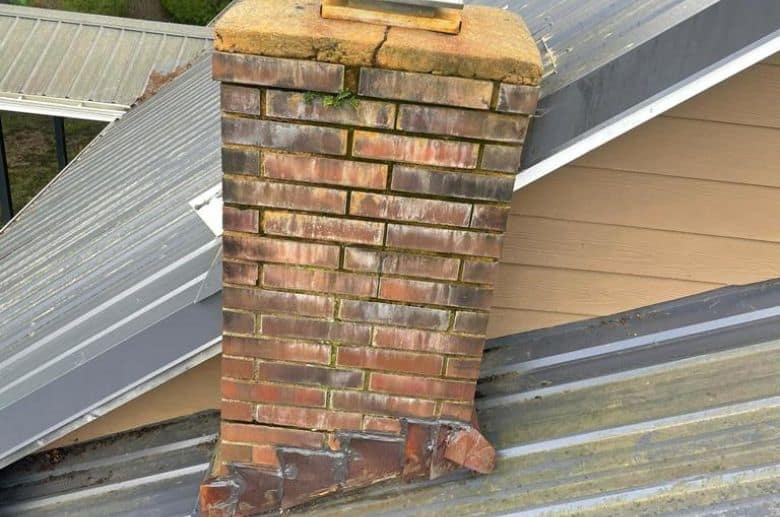A home is one of the most precious properties you will own. It provides shelter, helps you raise your kids, and is a place you can host and entertain your friends.
That’s why it is important to take good care of it. The chimney, a vital part of your home, requires regular maintenance.
You probably have a homeowner’s insurance policy to help you with these costs. But does standard homeowner’s insurance cover damages caused by leaky chimneys?
If a leaky chimney is not fixed early enough, it will damage the chimney and your home. This will lead to costly chimney repair or rebuild fees.
This post will discuss all you need to know about a leak in chimney homeowners insurance. Let’s dive in.
Does homeowner’s insurance cover chimney leaks?

A regular homeowner’s insurance covers some chimney leaks and won’t cover others. The cause of the leak is normally what determines if your homeowner’s insurance policy will cover the repairs.
Standard homeowner insurance policies usually cover leaks caused by sudden and unforeseen occurrences such as lightning strikes, fires, strong winds, and falling tree branches.
——
Do You Need to Hire Chimney & Fireplace Expert?
Get free quotes from qualified experts near you. No commitment required!
——
What does homeowner insurance typically cover?
Understanding what a homeowner’s insurance policy covers is important. A standard insurance policy covers damages caused by the following sudden occurrences:
Flash floods – Water is essential to life but can also be one of the most destructive elements. The force of the water can damage the brick and mortar and other components like the chimney crown. It can cause cracks and gaps, which leads to water leaking through the chimney. If a flash flood makes your chimney leaky, ensure you mention it when filing for a claim.
Fires – Fires can wreak havoc on your chimney, especially if firemen do not respond in time. Common causes of fire in a house include electrical devices and systems, candles, and heat appliances like heaters and stoves.
Wind damage – High winds can damage parts of your chimney, such as the chimney cap or chase cover. This will make your chimney leaky and lead to water damage problems.
Lightning strikes – Lighting can be dangerous when it strikes your chimney. It can shatter the brick and mortar and damage metal components like the chimney cap and flashing. If the leaking problem is lightning-induced, you can always be sure your insurance company will cover it.
Falling branches – Another unforeseen occurrence can damage components like the cap and flashing and allow water to enter your home through the chimney.
What are common events that are not covered under homeowners insurance?
There are some common events that your homeowner’s insurance will not cover. Let’s take a look at them.
Leaks caused by negligence
Lack of maintenance is one of the main issues that cause leaks in chimneys. You need to take good care of your chimney to continue functioning well.
If you notice that parts of your chimney, such as the cap or crown, are damaged, you should repair or replace them.
If you neglect them, they’ll eventually start allowing water into your chimney, and you will have to deal with multiple water damage issues. If there is no evidence of proper maintenance, insurance companies will not cover the cost of repairs.
Normal wear and tear
Chimneys are exposed to weather elements such as rainwater, snow, and ice. Over time, these elements cause the deterioration of chimney components such as the crown, cap, flashing, and masonry.
Some obvious signs of normal wear and tear include spalling bricks and loose mortar. These problems can allow moisture to enter your chimney.
Homeowner’s insurance does not cover leaks that develop because of wear and tear. Therefore, you should fix the damaged components immediately after you discover them.
Repairs like replacing damaged bricks and tuck-pointing can be difficult to do on your own. If you notice damage to your chimney components, call a certified chimney sweep to help you fix it.
How to file an insurance claim for chimney leaks

If the chimney leak is due to unforeseen events and accidents like fires, storms, and high winds, follow this procedure to file a claim.
Step 1 – Hire a skilled chimney sweep to look at your chimney. When they are done inspecting, they should provide a detailed report on the severity of the leak and its cause(s). Do not forget to instruct them to provide photographic evidence before submitting this report.
Step 2 – Collect past receipts and other paperwork for chimney repairs, inspections, cleaning, and other services. This is evidence that you properly maintain your chimney. This way, the insurance company will not refuse to honor your claim because of the lack of proper chimney maintenance.
Step 3 – Once you have collected the above information, proceed with filing the chimney insurance claim.
After filing the claim, you should never wait till the insurance company gets back to you.
Get in touch with a qualified chimney sweep in your area to fix the leaking components and repair water damage issues.
Ensure you keep all the receipts and invoices, as the insurance company will likely reimburse you later.
How do you know that your chimney is leaking?
While some leaks are easy to identify, some aren’t. You may discover them when the damage is already extensive. The following are the common signs of a leaky chimney:
Water stains on ceilings and walls

Before water starts dripping down, it must first travel along the walls or ceilings. When you see the water stains, call a chimney sweep immediately to do an inspection and find the cause of the leak.
Mold growth
Mold are fungi that thrive in damp environments. Mold is usually black, gray, or dark. Water is definitely leaking into your chimney if you see them on the walls of the chimney.
Mold produces spores that can cause various health conditions, such as itchy eyes and wheezing. Another common sign of mold growth is a musty/rotten smell from your chimney.
——
Do You Need to Hire Chimney & Fireplace Expert?
Get free quotes from qualified experts near you. No commitment required!
——
Deteriorating masonry

Leaky chimneys are characterized by masonry deterioration.
The water gets into the masonry and expands during the freeze-and-thaw cycle, causing cracks in the brick-and-mortar. Look for the following signs of spalling bricks:
- Bricks flaking off.
- Brick pieces in the gutters and downspouts.
- Pieces of bricks on the ground along the perimeter of your home’s wall.
- Brick debris on the roof near the chimney.
Condensation in the firebox
When your chimney leaks, it is easy to identify condensation in the firebox. Check for water stains or dripping sounds. A musty odor (caused by mold growth) is also an obvious sign of condensation.
Condensation in the firebox affects the efficiency of your fireplace.
What to do if your chimney is leaking?
If you discover a leak, you need to act fast. Do the following to eliminate water damage issues:
1. Inspect your chimney crown
The chimney crown prevents water from getting into your chimney.
If it is cracked, it will allow rainwater into your chimney. These cracks will widen and allow more water. Seal the cracks and if they are too big, replace the crown.
2. Seal brick and mortar joints
Water can get into the chimney through the brick-and-mortar joints. If there are gaps, apply a sealant to keep water away.
You can also waterproof your bricks if you notice signs of deterioration, such as crumbling.
3. Install a chimney cap

A chimney cap prevents rainwater, snow, and ice from entering your chimney. If it is damaged, fix it immediately. If you don’t have one, install it.
4. Consider installing a rain cover
If you live in an area where it rains regularly, your chimney will be prone to leaks. So, consider installing a chimney rain cover.
5. Fix damaged flashing
The flashing is the component that seals the area where the chimney meets the roof. Flashings are usually made of metals like copper and stainless steel.

Exposure to water and direct sunlight can wear the chimney flashing down. Damaged shingles near the chimney cause quick deterioration of the flashing. You can seal the flashing using caulking.
6. Schedule yearly inspections
If you don’t maintain your chimney properly, you will end up paying high repair fees or total rebuild fees if the damage is extensive.
You can avoid this scenario by scheduling yearly inspections and cleaning with a certified chimney sweep.
Professional inspections ensure that your chimney stays in excellent condition and works efficiently.
Conclusion
You now understand the type of leaks covered by your homeowner’s insurance policy. If your chimney leak is due to sudden and unforeseen circumstances like fires and storms, follow the right procedure, and you will be reimbursed.
Keep your chimney in great condition by scheduling annual inspections to prevent reimbursement issues with your insurance company.






